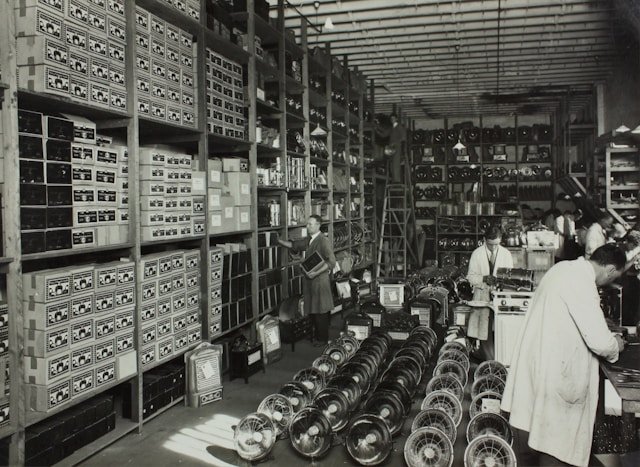CV and Cover Letter Tips for Pharma Jobs: Standing Out to Employers
Crafting a compelling CV (Curriculum Vitae) and cover letter is essential for catching the attention of employers in the competitive pharmaceutical industry. Here’s our guide on how to optimize your CV and cover letter for pharmaceutical jobs!
1. Crafting Your CV:
- Clear Structure: Organize your CV into sections such as Contact Information, Professional Summary/Objective, Education, Work Experience, Skills, Certifications, and Publications (if applicable).
- Highlight Relevant Skills: Tailor your CV to showcase technical skills (e.g., laboratory techniques, data analysis, regulatory knowledge) and soft skills (e.g., communication, teamwork, problem-solving) relevant to pharmaceutical roles.
- Quantify Achievements: Use quantifiable metrics and achievements to demonstrate the impact of your work. For example, highlight improvements in efficiency, successful project outcomes, or contributions to regulatory compliance.
2. Professional Summary/Objective:
- Summarize Your Expertise: Use a professional summary or objective statement at the beginning of your CV to briefly highlight your career achievements, skills, and goals within the pharmaceutical industry.
3. Education and Qualifications:
- List Academic Credentials: Include your degrees, certifications, and relevant coursework. Highlight any honors, awards, or scholarships received during your academic career.
4. Work Experience:
- Relevant Experience: Detail your work experience, emphasizing roles and responsibilities directly related to pharmaceuticals. Include internships, research projects, or part-time jobs in pharmaceutical companies or academic labs.
- Achievements and Contributions: Describe specific achievements, projects, or initiatives that demonstrate your skills and contributions to pharmaceutical research, development, or operations.
5. Skills Section:
- Technical Skills: List technical skills essential for pharmaceutical roles, such as proficiency in laboratory techniques (e.g., HPLC, ELISA), data analysis software (e.g., SAS, R), regulatory affairs knowledge, and familiarity with GMP/GLP guidelines.
- Soft Skills: Highlight soft skills critical for success in pharmaceutical careers, including communication, teamwork, problem-solving, adaptability, and attention to detail.
6. Cover Letter Tips:
- Customization: Customize each cover letter for the specific pharmaceutical job you are applying for. Address the hiring manager by name if possible and mention the position you are applying for.
Introduction: Start with a strong opening paragraph that captures the recruiter's attention. Mention how you learned about the job opening and why you are interested in the company and role.
- Skills Alignment: Align your skills and experiences with the job requirements outlined in the job description. Highlight specific achievements or projects that demonstrate your qualifications for the role.
- Concluding Paragraph: Close your cover letter by expressing your enthusiasm for the opportunity, summarizing why you are a suitable candidate, and requesting an interview to discuss how you can contribute to the company's success.
7. Proofreading and Formatting:
- Accuracy: Ensure your CV and cover letter are free of grammatical errors, typos, and formatting inconsistencies. Use a professional font, appropriate margins, and consistent formatting throughout.
8. Tailoring for Each Application:
Research the Company: Conduct research on the company's products, pipeline, corporate culture, and recent achievements. Customize your CV and cover letter to reflect your knowledge and alignment with the company's goals.
9. Follow-Up:
- Thank-You Note: Send a thank-you email or LinkedIn message to the recruiter or interviewer after submitting your application or completing an interview. Reiterate your interest in the position and your qualifications.
Conclusion
Crafting an effective CV and cover letter tailored to pharmaceutical jobs requires attention to detail, customization, and a clear demonstration of your skills and qualifications. By highlighting relevant experiences, showcasing technical and soft skills, and demonstrating alignment with the company's needs, you can enhance your chances of securing interviews and advancing your career in the pharmaceutical industry.









